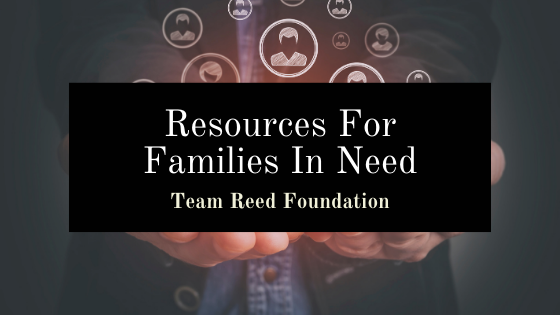The year 2020 was a difficult one for many. Families, in particular, faced unique challenges as children began distance learning from home. This meant that some parents had to leave work to help their children learn. Other parents lost their jobs, which left stretched finances. Fortunately, there are resources available for families in need during these difficult times.
Housing and Urban Development
One of the most important needs of all humans is a safe shelter. Families who were unable to pay their mortgage or rent may face eviction or foreclosure. There is help available. Housing and Urban Development (HUD) is a federal program that helps low-income families acquire safe, affordable housing by providing vouchers and rental subsidies.
Universal Service Administration Company
Those looking for work know the importance of a reliable phone. Potential employers must be able to contact applicants for interviews and job information. If finances prohibit someone from paying their bills or purchasing a phone, the Universal Service Administration Company can help. They partner with the Federal Communications Commission to provide families with discounted landlines, free cell phones, and reduced cell phone service fees.
Supplemental Nutrition Assistance Program
In 2019, more than 35 million Americans struggled with food insecurity. This number is expected to increase in 2020. Those who have lost jobs may worry about feeding their families; however, there is a federal program that is designed to help decrease food insecurity. The Supplemental Nutrition Assistance Program (SNAP) helps low-income families purchase food with a food card that works much like a debit card. A set amount is loaded onto the card each month, and it can then be used to purchase food at grocery stores and farmer’s markets. The amount that each family is approved for depends on their finances.
Low-Income Energy Assistance Program
Having a home that has access to electricity and/or gas is an essential need. Those who are struggling to pay their bills may not have enough to cover their energy costs. The Low-Income Energy Assistance Program can help cover the cost of bills and provide home weatherization, which can reduce future energy costs.
When money is tight, it can be difficult to cover even the most basic needs and bills. These programs are designed to help families get the care they need during difficult financial times.

